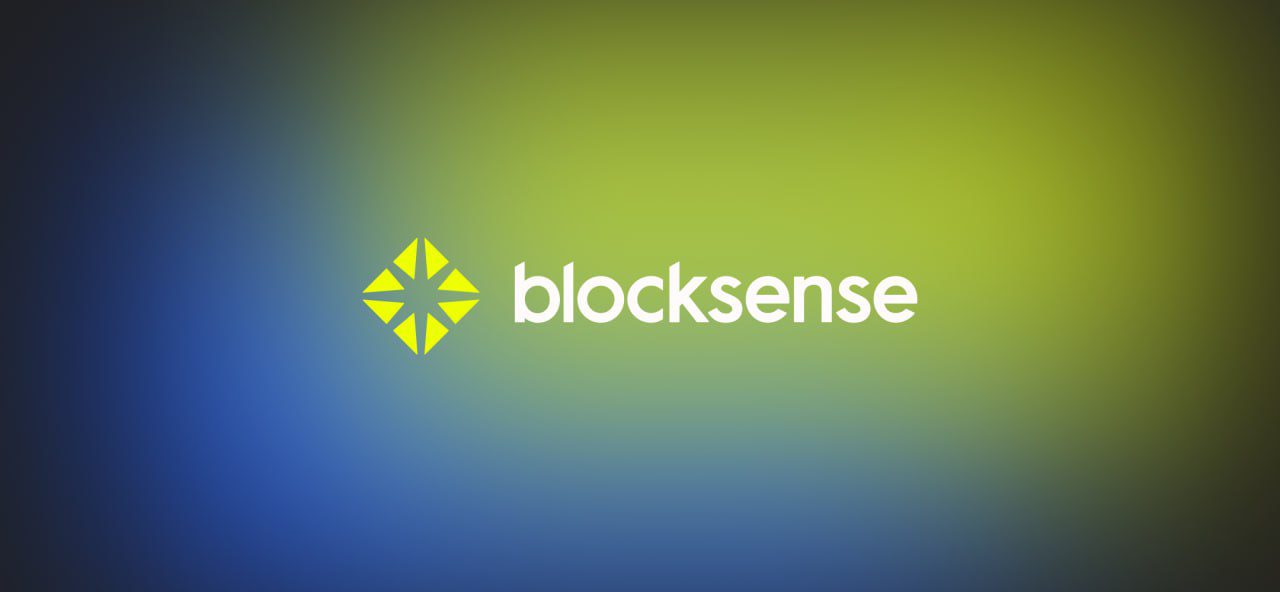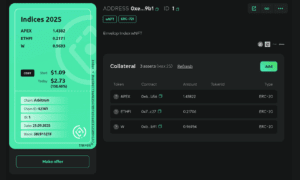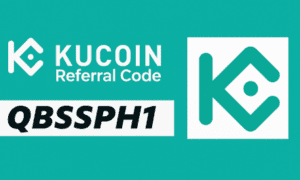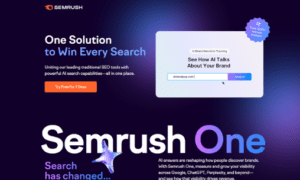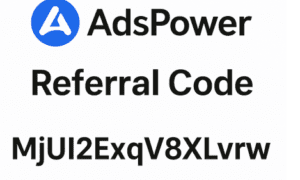As the Web3 ecosystem expands into high-stakes domains like DeFi, prediction markets, and real-world asset tokenization, the need for trust-minimized data pipelines is more urgent than ever. While many oracle systems claim decentralization, most are still built on implicit trust. Whether it’s in pre-approved committees, opaque reputation schemes, or unaudited aggregation logic.
zkSchellingCoin presents a new design path: a bribery-resistant consensus protocol that underpins Blocksense’s role as the universal verification layer for the autonomous economy. Combining game-theoretic incentives, zero-knowledge proofs, and selective stake participation, it secures data feeds at scale. Currently under development by the team behind Blocksense, zkSchellingCoin draws from Vitalik Buterin’s original SchellingCoin proposal but introduces cryptographic improvements that close the loop on earlier vulnerabilities.
This article unpacks how zkSchellingCoin is designed to work, why it matters, and how it fits into the broader evolution of oracle infrastructure.
Reintroducing the Schelling Game
The core insight behind SchellingCoin is that, when asked to independently report a fact (e.g., ETH/USD price), rational actors who are rewarded for matching the majority will naturally converge on the truth — so long as they can’t coordinate. The majority answer becomes the “truth,” and deviants are penalized.
In practice, however, open visibility of votes creates a coordination surface. DAO governance failures (from vote-buying in Curve to validator collusion in EOS) show how transparent voting processes can be exploited. In the oracle setting, these risks are magnified: a single manipulated value can liquidate users, corrupt derivatives markets, or spoof cross-chain state. For protocols securing hundreds of millions, it’s not just about getting the data; it’s about proving that data is unbiased and uncorrupted at its origin.
The zkSchellingCoin Architecture
zkSchellingCoin preserves the game-theoretic integrity of Schelling-style voting while solving its two weaknesses: vote transparency and fixed committees. Each feed update is executed by a secret, randomly selected subset of oracle nodes. These reporters run an oracle script and cast encrypted votes, tallied inside a zero-knowledge circuit. Only the majority value is revealed; how individual nodes voted remains hidden.
Zahary Karadjov, co-founder of Blocksense, explains:
“The original SchellingCoin idea was sound, but in practice it left too many doors open. With zkSchellingCoin, we’ve closed them. We randomize who votes, we encrypt how they vote, and we use ZKPs to verify the tallying logic without exposing internals. You don’t just need a majority to lie; you’d need them to lie in sync, without ever knowing who else is involved.”
This makes bribery economically irrational. Attackers can’t verify compliance. Even if a node wanted to accept a bribe, they couldn’t prove how they voted without exposing their private key and losing their stake.
Beyond the Oracle: The Universal Verification Layer
What started as an oracle innovation is now part of a larger service-oriented blockchain architecture. Blocksense introduces not only zkSchellingCoin but also the Boundless Throughput Engine, a Decoupled State Machine Replication framework that radically parallelizes blockchain execution. This allows throughput to scale linearly with the number of participating nodes, addressing the scalability bottleneck that has held back mainstream adoption.
Together, zkSchellingCoin and the Boundless Throughput Engine allow Blocksense to operate as a universal verification layer for both Web3 and Web2 systems. Developers can already deploy oracle scripts permissionlessly. Down the line, they’ll be able to access zkTLS bi-directional feeds, and build verifiable AI inference pipelines, unlocking applications previously impossible at scale.
From Oracles to Verified Autonomous Services
While oracles remain a critical entry point, Blocksense’s long-term mission is broader: powering Verified Autonomous Services (VAS). These are services that can not only access and verify external data, but also coordinate, compute, and act trustlessly at internet scale. This opens design space for verifiable AI agents, autonomous DeFi, and risk-aware financial products.
As Zahary puts it:
“The oracle problem was only the beginning. It’s not just about delivering data to blockchains anymore. What we’re really building is infrastructure for an autonomous economy, where AI agents, smart contracts, and real-world systems can coordinate around verifiable truth.”
Why It Matters
Most oracle systems still operate as patchwork infrastructure: pre-approved committees, opaque economics, and offchain execution without verifiable guarantees. These designs work. Until they don’t. At scale, the stakes are simply too high.
Blocksense reframes the oracle not as a single-purpose middleware, but as the entry point to a universal verification layer. By combining zkSchellingCoin with the Boundless Throughput Engine, the protocol solves two barriers that have long limited blockchain adoption:
- Connectivity — the ability to securely ingest and reason about both objective and intersubjective truths from the internet and real world.
- Throughput — the capacity to verify and execute at internet scale, enabling applications that were once dismissed as impossible.
This means developers can build autonomous, AI-integrated services that are not only cheaper and faster to deploy, but cryptographically verifiable at their core. Whether it’s DeFi protocols needing risk-aware price feeds, prediction markets requiring manipulation resistance, or AI agents that must prove their inferences, Blocksense provides the foundation.

